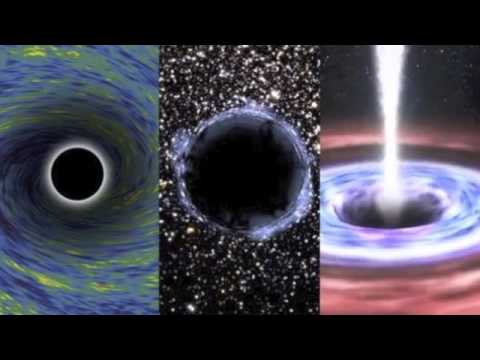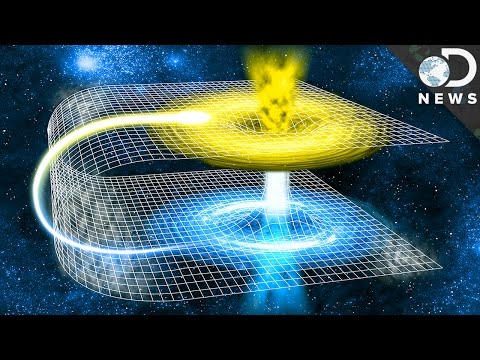Solar System Dynamics: Orbits and Kepler’s Laws
The planets orbit the Sun in a counterclockwisedirection as viewed from above the Sun’s northpole, and the planets’ orbits all are alignedto what astronomers call the ecliptic plane. The story of our greater understanding ofplanetary motion could not be told if it werenot for the work of a German mathematiciannamed Johannes Kepler. Kepler lived in Graz,Austria during the tumultuous early 17th century. Due to religious and political difficultiescommon during that era, Kepler was banishedfrom Graz on August 2nd, 1600. Fortunately, an opportunity to work as anassistant for the famous astronomer TychoBrahe presented itself and the young Keplermoved his family from Graz 300 miles acrossthe Danube River to Brahe’s home in Prague. Tycho Brahe is credited with the most accurateastronomical observations of his time andwas impressed with the studies of Kepler duringan earlier meeting. However, Brahe mistrustedKepler, fearing that his bright young internmight eclipse him as the premier astronomerof his day. He therefore led Kepler see onlypart of his voluminous planetary data. He set Kepler, the task of understanding theorbit of the planet Mars, the movement ofwhich fit problematically into the universeas described by Aristotle and Ptolemy. Itis believed that part of the motivation forgiving the Mars problem to Kepler was Brahe’shope that its difficulty would occupy Keplerwhile Brahe worked to perfect his own theoryof the solar system, which was based on ageocentric model, where the earth is the centerof the solar system. Based on this model,the planets Mercury, Venus, Mars, Jupiter,and Saturn all orbit the Sun, which in turnorbits the earth. As it turned out, Kepler,unlike Brahe, believed firmly in the Copernicanmodel of the solar system known as heliocentric,which correctly placed the Sun at its center. But the reason Mars’ orbit was problematicwas because the Copernican system incorrectlyassumed the orbits of the planets to be circular. After much struggling, Kepler was forced toan eventual realization that the orbits ofthe planets are not circles, but were insteadthe elongated or flattened circles that geometerscall ellipses, and the particular difficultiesBrahe hand with the movement of Mars weredue to the fact that its orbit was the mostelliptical of the planets for which Brahehad extensive data. Thus, in a twist of irony,Brahe unwittingly gave Kepler the very partof his data that would enable Kepler to formulatethe correct theory of the solar system, banishingBrahe’s own theory. Since the orbits of the planets are ellipses,let us review three basic properties of ellipses. The first property of an ellipse: an ellipseis defined by two points, each called a focus,and together called foci. The sum of the distancesto the foci from any point on the ellipseis always a constant. The second propertyof an ellipse: the amount of flattening ofthe ellipse is called the eccentricity. Theflatter the ellipse, the more eccentric itis. Each ellipse has an eccentricity witha value between zero, a circle, and one, essentiallya flat line, technically called a parabola. The third property of an ellipse: the longestaxis of the ellipse is called the major axis,while the shortest axis is called the minoraxis. Half of the major axis is termed a semimajor axis. Knowing then that the orbits ofthe planets are elliptical, johannes Keplerformulated three laws of planetary motion,which accurately described the motion of cometsas well. Kepler’s First Law: each planet’sorbit about the Sun is an ellipse. The Sun’scenter is always located at one focus of theorbital ellipse. The Sun is at one focus. The planet follows the ellipse in its orbit,meaning that the planet to Sun distance isconstantly changing as the planet goes aroundits orbit. Kepler’s Second Law: the imaginary line joininga planet and the Sun’s sweeps equal areasof space during equal time intervals as theplanet orbits. Basically, that planets donot move with constant speed along their orbits. Rather, their speed varies so that the linejoining the centers of the Sun and the planetsweeps out equal parts of an area in equaltimes. The point of nearest approach of theplanet to the Sun is termed perihelion. Thepoint of greatest separation is aphelion,hence by Kepler’s Second Law, a planet ismoving fastest when it is at perihelion andslowest at aphelion. Kepler’s Third Law: the squares of the orbitalperiods of the planets are directly proportionalto the cubes of the semi major axes of theirorbits. Kepler’s Third Law implies that theperiod for a planet to orbit the Sun increasesrapidly with the radius of its orbit. Thuswe find that Mercury, the innermost planet,takes only 88 days to orbit the Sun. The earthtakes 365 days, while Saturn requires 10,759days to do the same. Though Kepler hadn’tknown about gravitation when he came up withhis three laws, they were instrumental inIsaac Newton deriving his theory of universalgravitation, which explains the unknown forcebehind Kepler’s Third Law. Kepler and his theories were crucial in thebetter understanding of our solar system dynamicsand as a springboard to newer theories thatmore accurately approximate our planetaryorbits.













